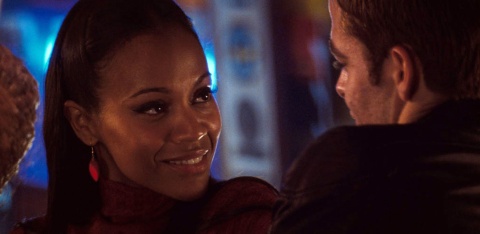 Staceyann Chin (1971- ) is a slam poet from Jamaica who now lives in the country of Brooklyn in New York City. She travels the world performing and teaching poetry. Unlike most poets she has been on Oprah’s television show and has her own Blockbuster Online page.
Staceyann Chin (1971- ) is a slam poet from Jamaica who now lives in the country of Brooklyn in New York City. She travels the world performing and teaching poetry. Unlike most poets she has been on Oprah’s television show and has her own Blockbuster Online page.
I thought maybe she was just television-driven fluff, that she had no substance, but when she made me cry at her grandmother’s death – not mine but hers – then I knew she could write.
She was a slam poet before slam poets were in fashion, when it was still underground in New York. Like in Ancient Greece, slam poets perform their poetry for an audience with judges picking the winner. Their pieces generally run three minutes long and tell a story. A video of one of her pieces is at the end of this post.
She got into slam poetry almost by accident: one day she went to the Nuyorican Poets Cafe. The rest is history.
Her first published book is not of her poetry – she is not ready for that yet – but a story in prose about her first 24 years: “The Other Side of Paradise” (2009).
She was born on Christmas day in Montego Bay, Jamaica, the unwanted daughter of a rich Chinese businessman and a poor black woman. Her mother left the country soon after and Chin was brought up by her grandmother, then in her sixties. Although unwanted by her mother, her grandmother loved her unconditionally. No one has ever loved her more. Because her grandmother could not read, Chin read the Bible to her, especially the psalms – a slam poet in training!
All that ended at age nine when her mother arrived from Canada, briefly, and put her with a great-aunt whose sons tried to force her into sex. She was shifted from house to house without a home, till age 16 when she went away to boarding school and then university – paid for by a Chinese businessman who denies he is her father.
At age 21 while at university she found out she was lesbian. She only told close friends: in Jamaica you cannot live openly as a homosexual and expect to not be beaten up or, in the case of women, raped.
As much as she loved Jamaica, she had to leave: it would not allow her to live freely as a lesbian. So at age 24 she came to New York:
New York was my godsend. As soon as I landed, I knew I was in a place that welcomed misfits.
No one in New York cared if she kissed girls. She was free! Yet not free: she was black. In Jamaica, because of its colourism, she was favoured for her light skin. But in America she found herself at the bottom – for the very same skin, now seen as black. America may have been more enlightened about lesbians, but it was way less enlightened about black people.
See also:

















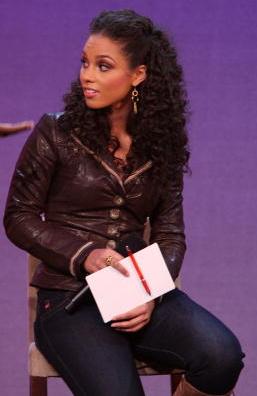

 The police are those who are charged with protecting citizens from crime. They can arrest those suspected of breaking the law and put them in jail. They carry out court decisions. They are allowed to use violence, even deadly force, to keep the peace and preserve public safety. They maintain law and order.
The police are those who are charged with protecting citizens from crime. They can arrest those suspected of breaking the law and put them in jail. They carry out court decisions. They are allowed to use violence, even deadly force, to keep the peace and preserve public safety. They maintain law and order. The following is based on Zadie Smith’s essay “Speaking in Tongues” (2009):
The following is based on Zadie Smith’s essay “Speaking in Tongues” (2009):  June Jordan (1936-2002) was an American writer, poet and professor. And one of my favourite authors. By the 1990s she had become one of the top black women writers in the country. She was best known as a poet, though she wrote children’s books and essays too.
June Jordan (1936-2002) was an American writer, poet and professor. And one of my favourite authors. By the 1990s she had become one of the top black women writers in the country. She was best known as a poet, though she wrote children’s books and essays too. Romona Moore (c. 1982-2003) was a student at Hunter College who lived on Remsen Avenue in Canarsie in Brooklyn, New York. One night she left to go to Burger King and never came back.
Romona Moore (c. 1982-2003) was a student at Hunter College who lived on Remsen Avenue in Canarsie in Brooklyn, New York. One night she left to go to Burger King and never came back. Just two months before Svetlana Aronov, age 44, a rich white woman on the Upper East Side of Manhattan, the wife of a doctor, took her dog for a walk and never came back. The next day the police called a press conference and put 24 detectives on it full-time. They went door to door and passed out flyers. They looked through her telephone and bank records, they looked at surveillance tapes of nearby buildings. And so on. They even hired a psychic and a bloodhound. They later found Aronov’s body in the East River.
Just two months before Svetlana Aronov, age 44, a rich white woman on the Upper East Side of Manhattan, the wife of a doctor, took her dog for a walk and never came back. The next day the police called a press conference and put 24 detectives on it full-time. They went door to door and passed out flyers. They looked through her telephone and bank records, they looked at surveillance tapes of nearby buildings. And so on. They even hired a psychic and a bloodhound. They later found Aronov’s body in the East River. Sonia Sotomayor (1954- ), one of the top judges in New York City, was chosen on May 26th 2009 by Barack Obama for the Supreme Court.
Sonia Sotomayor (1954- ), one of the top judges in New York City, was chosen on May 26th 2009 by Barack Obama for the Supreme Court.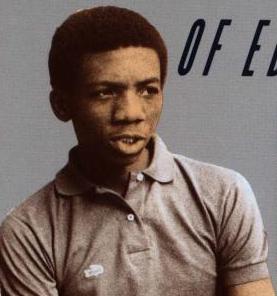 Edmund Perry (c. 1968-1985), a 17-year-old black boy, was shot dead on June 12th 1985 by Lee Van Houten, a white plainclothes policeman, a few blocks from where Perry lived on West 114th Street in Harlem. The New York Times does not ordinarily report murder north of 96th Street, but this time they did: Perry, it turned out, had just graduated from Exeter, one of the top private schools in America, and was set to go to Stanford University.
Edmund Perry (c. 1968-1985), a 17-year-old black boy, was shot dead on June 12th 1985 by Lee Van Houten, a white plainclothes policeman, a few blocks from where Perry lived on West 114th Street in Harlem. The New York Times does not ordinarily report murder north of 96th Street, but this time they did: Perry, it turned out, had just graduated from Exeter, one of the top private schools in America, and was set to go to Stanford University. Kelis Rogers (1979- ), better known as just Kelis, is an American R&B singer. She is best known for “Milkshake” (2003): “My milkshake brings all the boys to the yard, and they’re like, it’s better than yours. Damn right, it’s better than yours. I can teach you, but I have to charge.”
Kelis Rogers (1979- ), better known as just Kelis, is an American R&B singer. She is best known for “Milkshake” (2003): “My milkshake brings all the boys to the yard, and they’re like, it’s better than yours. Damn right, it’s better than yours. I can teach you, but I have to charge.”














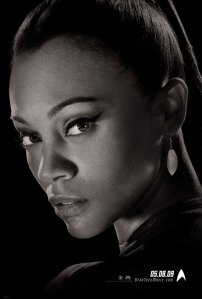
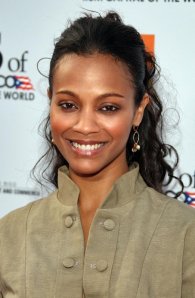 Whenever she goes to the Dominican Republic, the press asks her if she American or Dominican. She says she is a mujer negra, a black woman. When they tell her no, she is trigueñita, light brown, she answers, “I am a black woman.”
Whenever she goes to the Dominican Republic, the press asks her if she American or Dominican. She says she is a mujer negra, a black woman. When they tell her no, she is trigueñita, light brown, she answers, “I am a black woman.”